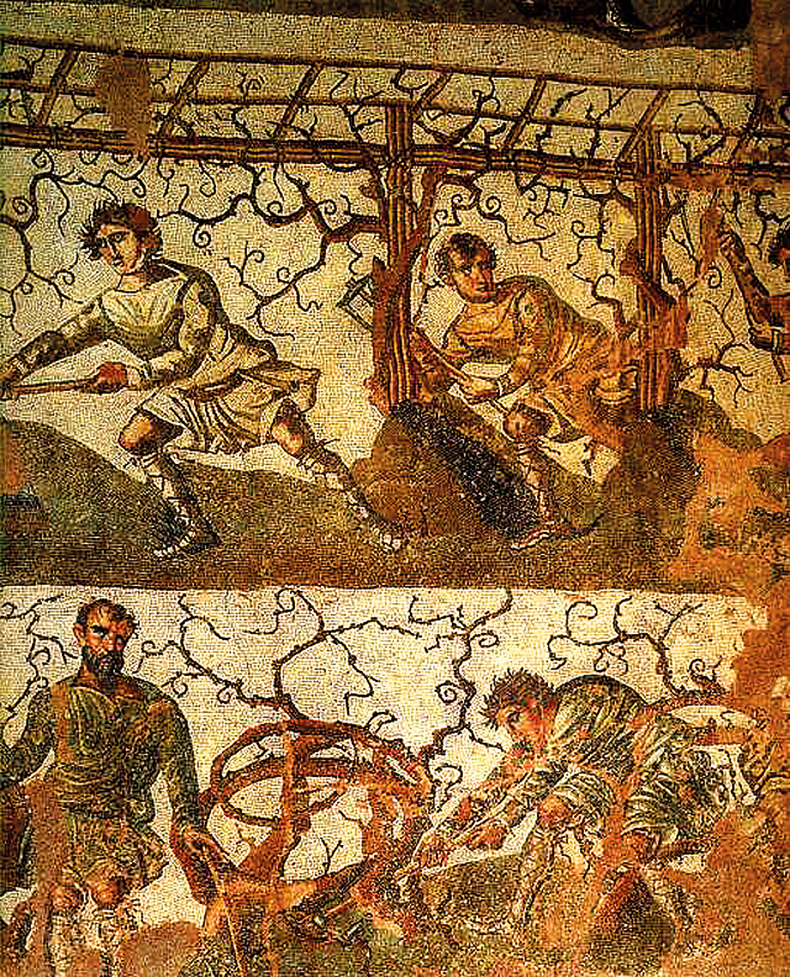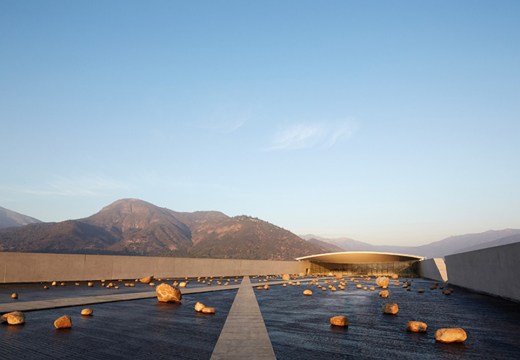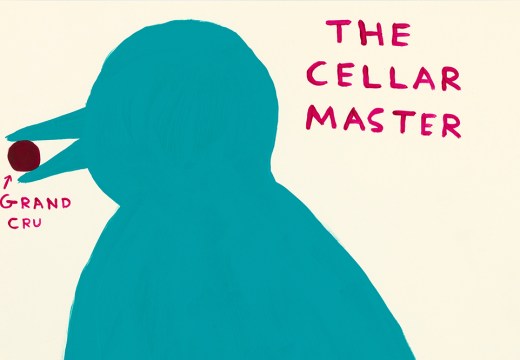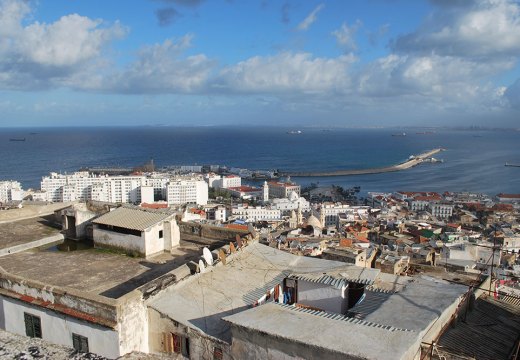From the June 2022 issue of Apollo. Preview and subscribe here.
There is a mosaic from the 2nd–3rd century in the National Public Museum of Cherchell in Algeria (ancient Caesarea Mauretaniae), that depicts two men harvesting vines. One figure places the grapes in a basket, the other reaches up to pluck the low-hanging fruit; both workers have characteristically Berber red hair. Grapes have been cultivated in Algeria since the Phoenicians and Romans settled around the Mediterranean.
However, the history of winemaking and viniculture in general is shorter and more dramatic in modern Algeria, tied as it is in part to French colonialism. Algeria was colonised by France from 1830, and although the Mediterranean climate of the Hauts Plateaux region on the Moroccan border was extremely conducive to growing a variety of grapes, from Cinsault to Grenache, the nation’s Muslim population did not produce wine. For French settlers, though, wine became a mainstay of their diet, due to the antibacterial properties of alcohol.
The historical, cultural and economic importance of Algeria to France cannot be understated. Yet it has also played a significant – if now often forgotten – role in France’s 20th-century wine connoisseurship. One individual both affected by and contributing to this gnarled history is Philippe Raoux, the Algerian-born owner of the 17th-century Chateau d’Arsac in Bordeaux’s Médoc region. After purchasing Arsac in 1989, Raoux transformed this abandoned vineyard and chateau – ‘Its wine cellar was used as a chicken coop’ – into a contemporary winery incorporating sculptures throughout the landscape.
Raoux’s story is one of being uprooted, replanted, grafted and grown into new possibilities in this most hallowed French wine region. His family comes from Oran and have been winemakers and merchants for four generations. In the 1880s the phylloxera disease ravaged French vines, resulting in the migration of vineyard families to Algeria, including his. These winemakers and their workers brought with them the traditional methods, effectively providing a reprieve for the French wine industry, since what was produced in Algeria was sent back to the mainland when France could not grow its own supplies. By the early 1900s Algeria was exporting millions of litres of wine to metropolitan France, and by the 1930s Algerian wine accounted for two-thirds of the world’s wine exports. Arguably, French wine gourmands owe the survival of their connoisseurship to Algeria.

A mosaic in the Works of the Fields series from the 2nd–3rd century at the National Public Museum of Cherchell, Algeria. The Picture Art Collection/Alamy Stock Photo
By 1960 Algeria produced and exported more wine globally than France, Spain and Italy combined. After the war of independence began in 1954, Algerian wine no longer enjoyed preferential treatment in French markets, and the 1.1 billion litres it produced in the early 1960s fell to 3 million in the 2000s, after which exports ceased. The volumes imported to France were so large and consumption so great that in 1935 the country established Appellation d’Origine Contrôlée (AOC) laws – still in place today – to distinguish and protect local wine producers. Upon taking ownership of Chateau d’Arsac, Raoux – who came from the Algerian winemaking industry that necessitated the classification laws – presented his personal challenge to the AOC system. The vines were classified as Haut-Médoc rather than the more prestigious – and expensive – Margaux appellation. Despite being armed with evidence that included studies of neighbouring estates, the discovery of ancient deeds with winemaking records and geological testing, his application was rejected. After a nine-year legal battle, he eventually won, much to the ire of neighbouring winemakers.
Raoux has subsequently used profits from the estate to create an art collection. This began when the Peter Stuyvesant Foundation temporarily housed works previously shown on its factory floors on the grounds. As Raoux has said: ‘In 1989, the harvest took place under the benevolent gaze of sculptures by Robert Indiana, Karen Appel and Niki de Saint Phalle.’ When the collection was taken away, he realised, ‘Arsac had just lost part of its soul.’ Immediately after, he began to organise a summer exhibition in the cellars and in the gardens, displaying works had by Claude Viallat, de Saint Phalle, Jean-Michel Meurice, Pierre Buraglio and Bernard Pagès. In 1994 he inaugurated an annual commission from an artist, insisting on pegging wine production and earnings to his art purchases.
In 2004 Bernar Venet made a 100-foot-long oxidised steel beam that weighs over six tonnes, which leans at an angle against the chateau’s stone facade. Other works set within the vineyards, such as César’s Le Pouce (1965), reaffirm the purpose of the landscape, and become ‘like a plant or wild, unruly offshoot’.
Although the estate wines have been awarded Margaux’s Cru bourgeois exceptionnel status, in Raoux’s view it ‘isn’t enough to simply produce excellent wine, you have to be creative’. The inclusion of the art collection is essential to this project, and ‘the combination of sculpture and nature mirrors the human presence in nature. The complicity, the dialogue, and the respect they have for each other. Like in a couple, in some ways. It is the harmony between the two which is appealing.’ For somebody like Raoux, so used to drastic change and beginning again as an upstart in the French winemaking industry, this harmony at d’Arsac can only be welcome.
From the June 2022 issue of Apollo. Preview and subscribe here.
Unlimited access from just $16 every 3 months
Subscribe to get unlimited and exclusive access to the top art stories, interviews and exhibition reviews.














![Masterpiece [Re]discovery 2022. Photo: Ben Fisher Photography, courtesy of Masterpiece London](http://www.apollo-magazine.com/wp-content/uploads/2022/07/MPL2022_4263.jpg)
Is the Stirling Prize suffering from a case of tunnel vision?